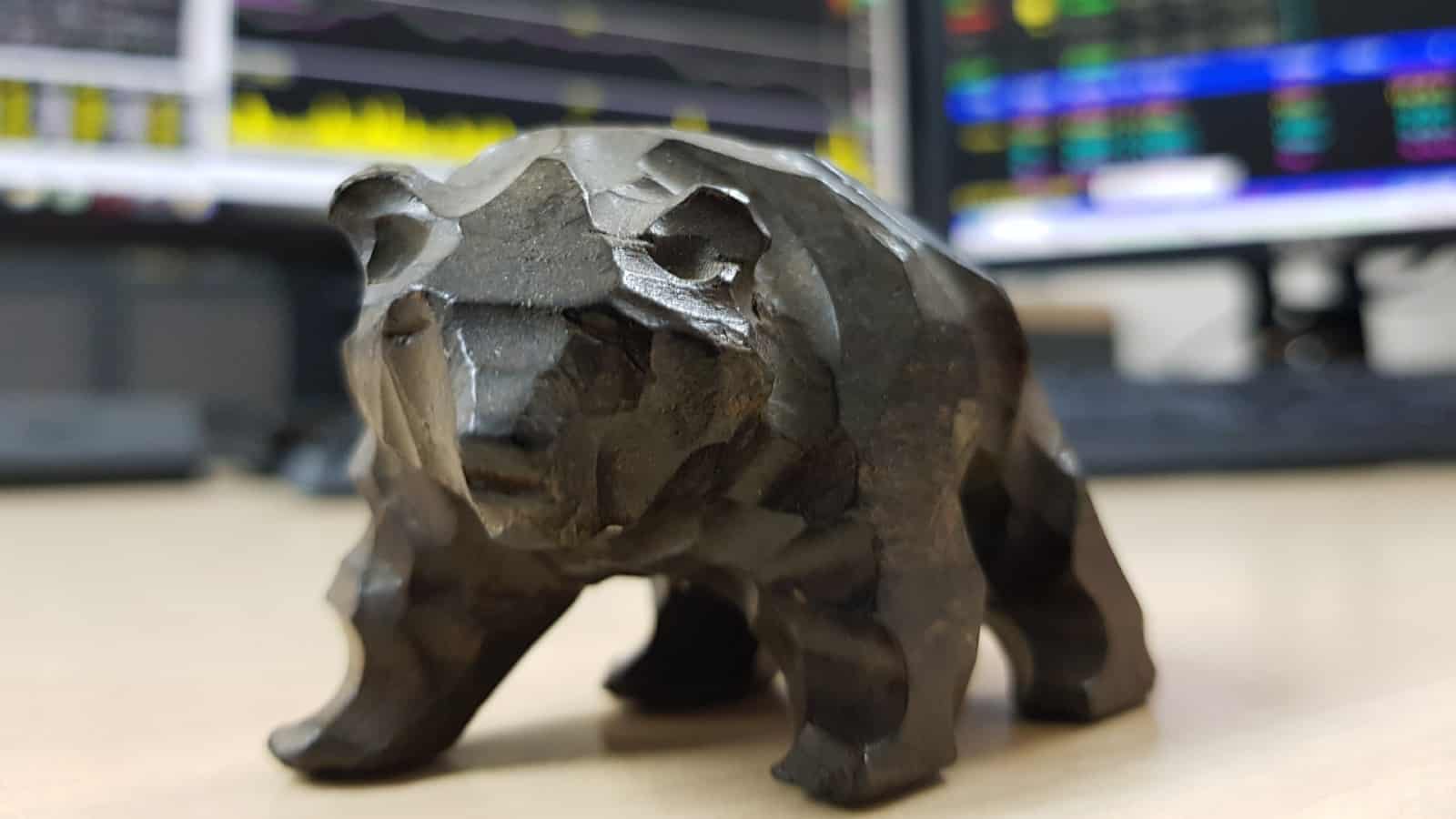Tesla (NASDAQ: TSLA) stock came under pressure last week after HSBC analysts made some headline-grabbing comments that culminated in a ‘reduce’ (sell some shares) rating.
Of course, this is nothing new to Tesla shareholders (myself included). The stock is arguably the most divisive on Wall Street.
Yet I thought there were some valid points made in the analyst research note.
The big ideas need to happen
On 9 November, HSBC analyst Michael Tyndall said that he sees considerable potential in Tesla’s growth with self-driving software, Dojo supercomputer services, and robots like the Optimus humanoid.
However, his model suggests these nascent products won’t produce notable cash flow streams until 2028 (at best).
“Significant delays or developments that show lack of technological and/or regulatory feasibility for a commercial launch of these projects pose a significant risk for Tesla,” the analyst said.
Basically, this is saying that the optimistic share price could face significant risks if these products don’t come to fruition in the next few years. This could be due to problems with technology (fully self-driving cars are too difficult to perfect) and/or regulation (they’re not safe enough).
This risk is heightened with the stock trading on a steep price-to-earnings (P/E) ratio of 75. There’s a lot of hope baked into the share price, so the company needs to fulfill its promise to sustain that valuation.
Another concern I have is CEO Elon Musk’s outspokenness on social media platform X, formerly Twitter. I fear some of this is now damaging the Tesla brand and alienating existing/potential customers.
Margin pressure
Meanwhile, the company is facing ongoing challenges in the real world, notably with higher interest rates.
New electric vehicles (EVs) are big-ticket items for most people, meaning almost all purchased on finance.
Therefore, higher interest rates are clearly harming demand. According to Auto Trader, two-thirds of new EVs in the UK are now on offer.
On the latest earnings call, Musk said that “Interest rates have to come down. Like, if interest rates keep rising, you just fundamentally reduce affordability“.
To address this and stoke demand, the company has repeatedly lowered vehicle prices since last year. This has resulted in a significant drop in its gross profit margin. In Q3 this year, it was 17.9% compared to 25.1% in Q3 2022.
Looking forward
Having said that, most traditional automakers would love a 17% gross margin on their EVs. They’re losing serious money on them and are currently in a quandary with slowing consumer demand.
Ford, for example, lost about $36,000 for every EV it sold in its latest quarter!
In comparison, Tesla has increasing scale and is already profitable. It doesn’t face anywhere near the same sort of transition challenges as the legacy carmakers. And despite some near-term headwinds, EVs should remain a growth market for decades.
Goldman Sachs recently determined that Tesla’s Full Self-Driving (FSD) software, though still in beta testing, is already worth $1bn-$3bn in annual revenue. But that could be set to rise much higher.
“We believe that Tesla’s software related revenue could be tens of billions of dollars per year by 2030 (mostly from FSD),” the bank wrote.
Given this potential, I personally won’t be following HSBC’s recommendation to reduce my Tesla shares.








